In today's fast-paced business environment, efficient email management is crucial for maintaining clear communication and maximizing productivity. From creating organized folders to utilizing filters and rules, there are various strategies that can streamline your internal email communication.
Setting clear response time expectations and developing a system for prioritizing customer emails are also key components of effective email management. In this article, we will explore these strategies and more to help you master email replies and enhance your overall communication skills.
Key Takeaways:
Establish clear response time expectations for customers to manage their expectations and improve communication efficiency.
Utilize email filters, rules, and labels to automatically sort and organize incoming emails for efficient email management.
Implement reminder systems and task management tools to efficiently follow up on pending emails and maintain good email etiquette.
Understanding the Importance of Efficient Email Management
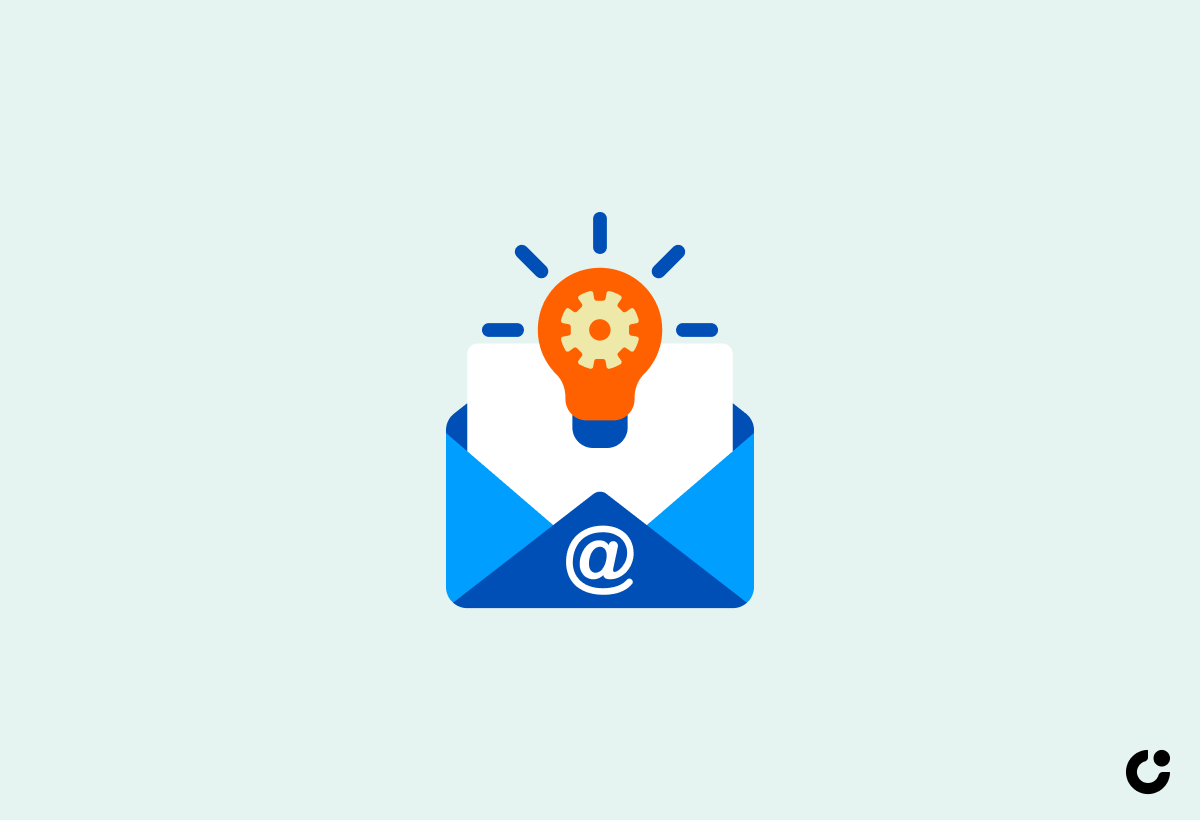
Understanding the Importance of Efficient Email Management is crucial for maintaining professionalism and effective communication within any business setting. Efficient email management involves strategies and tools to streamline the flow of emails and enhance productivity.
Timely responses to emails not only show respect for the sender's time but also play a significant role in building trust and credibility in professional relationships. In today's fast-paced business environment, a cluttered inbox can lead to missed opportunities and delays in decision-making. By organizing emails into folders, using filters, and setting up automated responses, individuals can ensure that they stay on top of important messages and do not get overwhelmed by the volume of incoming emails.
The Benefits of Streamlined Internal Email Communication

Streamlined internal email communication offers numerous benefits, such as enhanced team collaboration, improved information sharing, and increased efficiency in decision-making processes.
By establishing clear channels for communication, teams can share ideas, provide feedback, and coordinate tasks seamlessly. This not only reduces misunderstandings but also ensures that everyone is on the same page, working towards common goals. With timely updates and quick responses, employees are give the power toed to make informed decisions swiftly, driving the project forward. Effective email communication creates a sense of accountability and transparency within the team, leading to a positive work environment where trust and camaraderie flourish.
Creating Folders and Labels for Efficient Email Organization
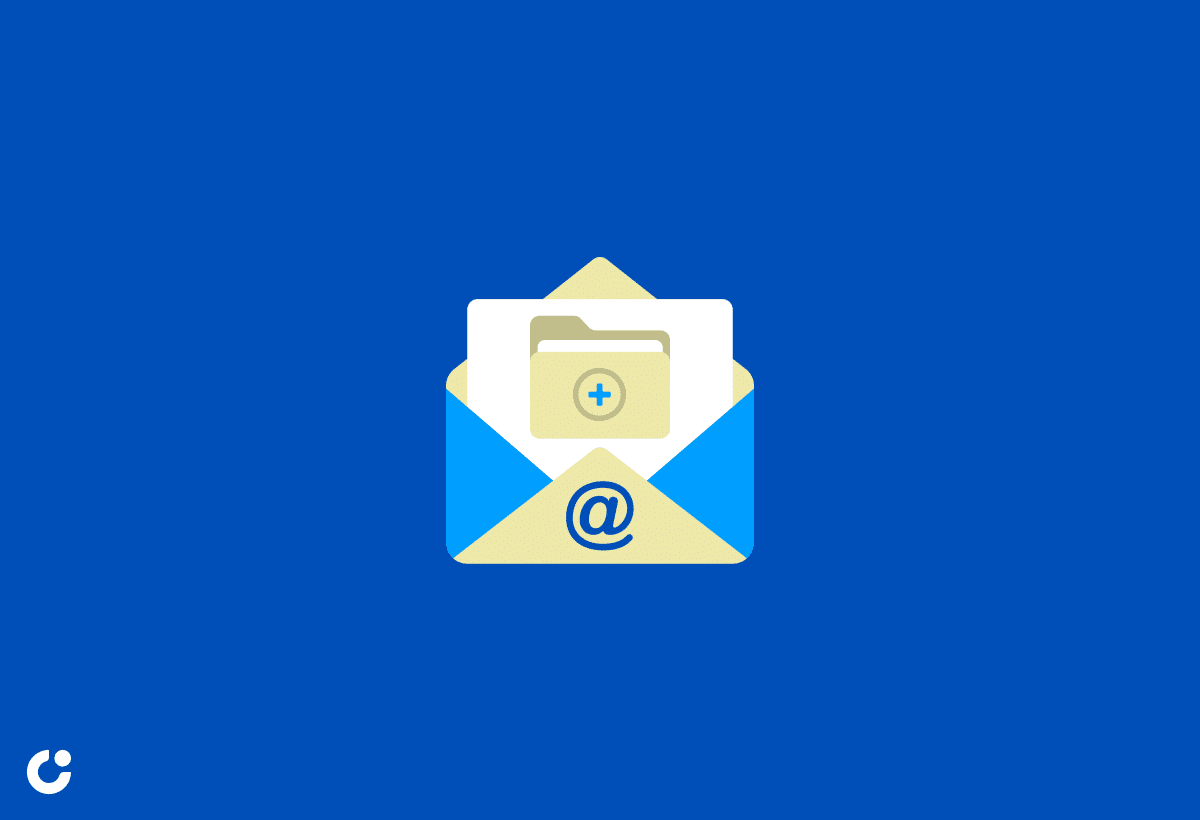
Creating folders and labels for efficient email organization is a key strategy to maintain a structured and easily accessible email system. Proper organization enhances productivity and helps in locating emails quickly.
By categorizing emails into specific folders based on projects, clients, or urgency levels, users can streamline their inbox and focus on essential correspondences rather than sifting through a cluttered mailbox. Applying labels to emails can provide valuable context at a glance, facilitating quick decision-making and prioritization of tasks. A consistent folder structure and labeling system not only save time but also promote a sense of control and clarity in managing incoming messages.
Utilizing Filters and Rules to Automatically Sort Incoming Emails

Utilizing filters and rules to automatically sort incoming emails can significantly reduce manual effort and streamline the email management process. Automation tools help in categorizing emails based on pre-defined criteria.
By setting up filters and rules, you can prioritize important emails, flag emails from specific senders, or even move newsletters to a separate folder for later reading. This can save valuable time by ensuring that your inbox is organized without you having to manually sift through every email. Criteria such as sender address, subject line, or keywords can be used to create rules that efficiently manage the influx of emails you receive daily.
Setting Clear Response Time Expectations for Customers
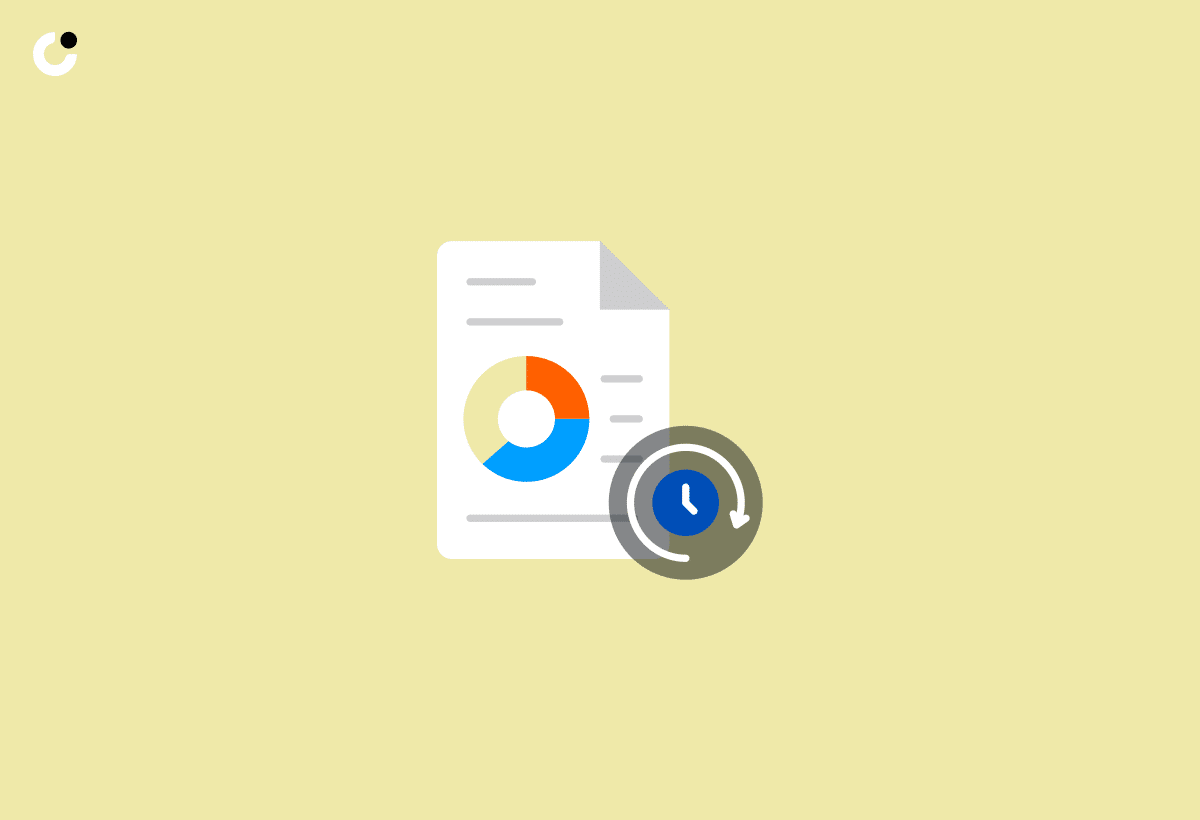
Setting clear response time expectations for customers is essential in building trust and maintaining positive relationships. Timely responses demonstrate professionalism and commitment to customer service.
By clearly defining response time expectations, customers can have a better understanding of when they can expect a resolution to their queries or concerns. This not only enhances their experience but also plays a crucial role in customer satisfaction levels. A well-managed communication channel, including setting realistic response time goals based on the nature of the business and industry standards, helps in cultivating loyalty and trust.
Developing a System for Prioritizing and Triaging Customer Emails
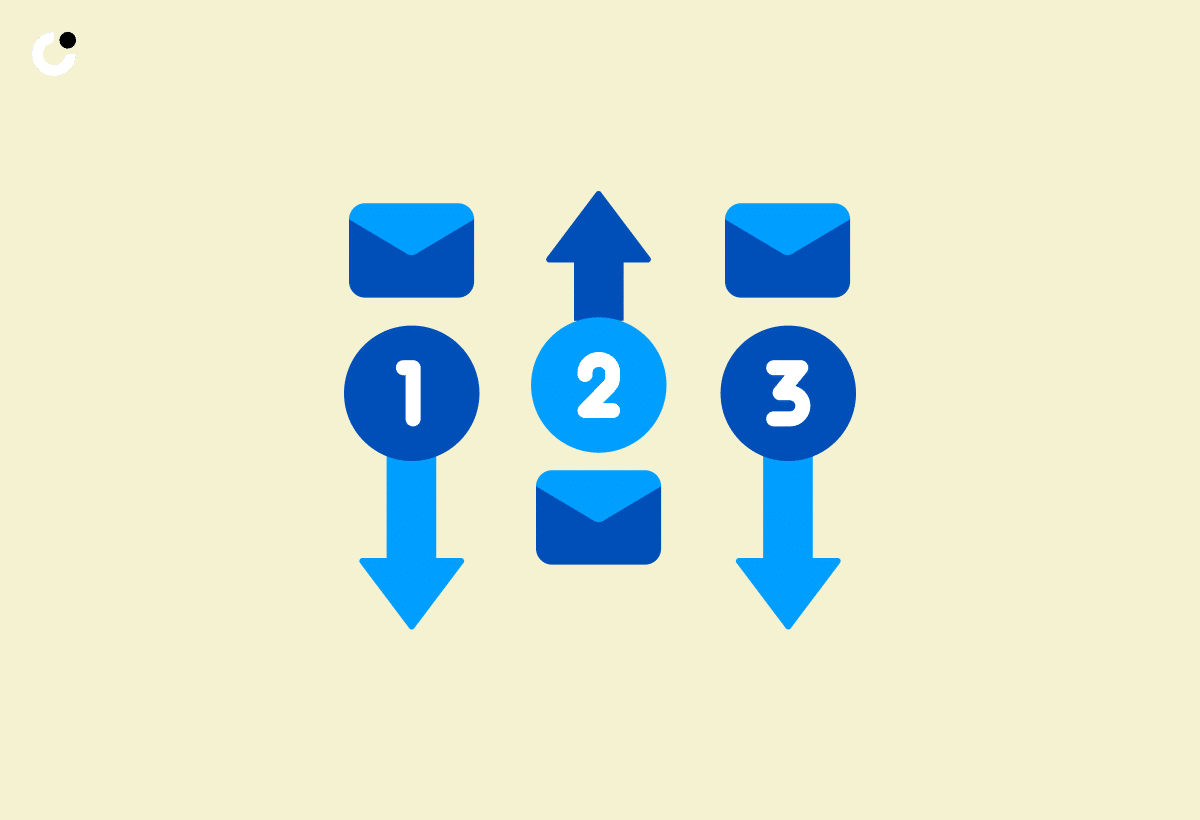
Developing a system for prioritizing and triaging customer emails is crucial for ensuring timely responses to inquiries and resolving issues efficiently. Prioritization helps in addressing urgent customer needs first.
By categorizing emails based on their urgency and importance, businesses can effectively manage their workload and allocate resources appropriately. This systematic approach allows for quicker resolutions of critical issues, leading to improved customer satisfaction and loyalty.
Implementing strategies such as setting response time targets, utilizing automated email filters, and assigning emails to the appropriate staff members based on expertise are key in streamlining the email management process.
The positive impact of efficient email management on customer satisfaction and retention cannot be overstated, as it demonstrates a commitment to responsiveness and professionalism. Customers value prompt and personalized communication, and by prioritizing their inquiries, businesses can foster stronger relationships and enhance their reputation.
Establishing Internal Email Protocols and Guidelines

Establishing internal email protocols and guidelines is essential for promoting consistency and clarity in team communications. Clear guidelines help in standardizing email practices and ensuring effective information sharing.
One of the key elements in internal email protocols is maintaining a professional tone throughout all communications. This includes using proper salutations, avoiding slang or emojis, and proofreading for grammar and spelling errors. Ensuring that emails are concise and to the point can help team members efficiently process information. Structuring emails with clear subject lines, bullet points, and relevant attachments can also aid in effective communication and task delegation within the team.
Using Collaboration Tools for Efficient Team Communication

Using collaboration tools for efficient team communication facilitates real-time interaction, project coordination, and seamless information sharing among team members. These tools enhance teamwork and boost productivity.
Collaboration tools bring a plethora of advantages to the table, from streamlining communication to enabling better task management and project efficiency. By providing a centralized platform for discussions, file sharing, and task tracking, team members can easily stay updated on project progress. The integration of email platforms with collaboration tools ensures that important notifications and updates are seamlessly communicated to all team members, fostering a more cohesive and efficient work environment.
Writing Clear Subject Lines and Opening Statements

Writing clear subject lines and opening statements is essential for capturing recipients' attention and conveying the email's purpose effectively. Concise and descriptive subject lines improve email open rates.
Plus brevity, including keywords in your subject line can enhance the chances of your email being opened. When crafting opening statements, it's crucial to maintain a professional yet friendly tone to engage readers. Consider the recipient's perspective and tailor your content to be relevant and valuable to them. Personalization can also significantly impact the success of your email, making the recipient feel acknowledged and valued. Keeping the email concise, informative, and visually appealing contributes to a positive user experience.
Structuring Emails for Easy Reading and Understanding
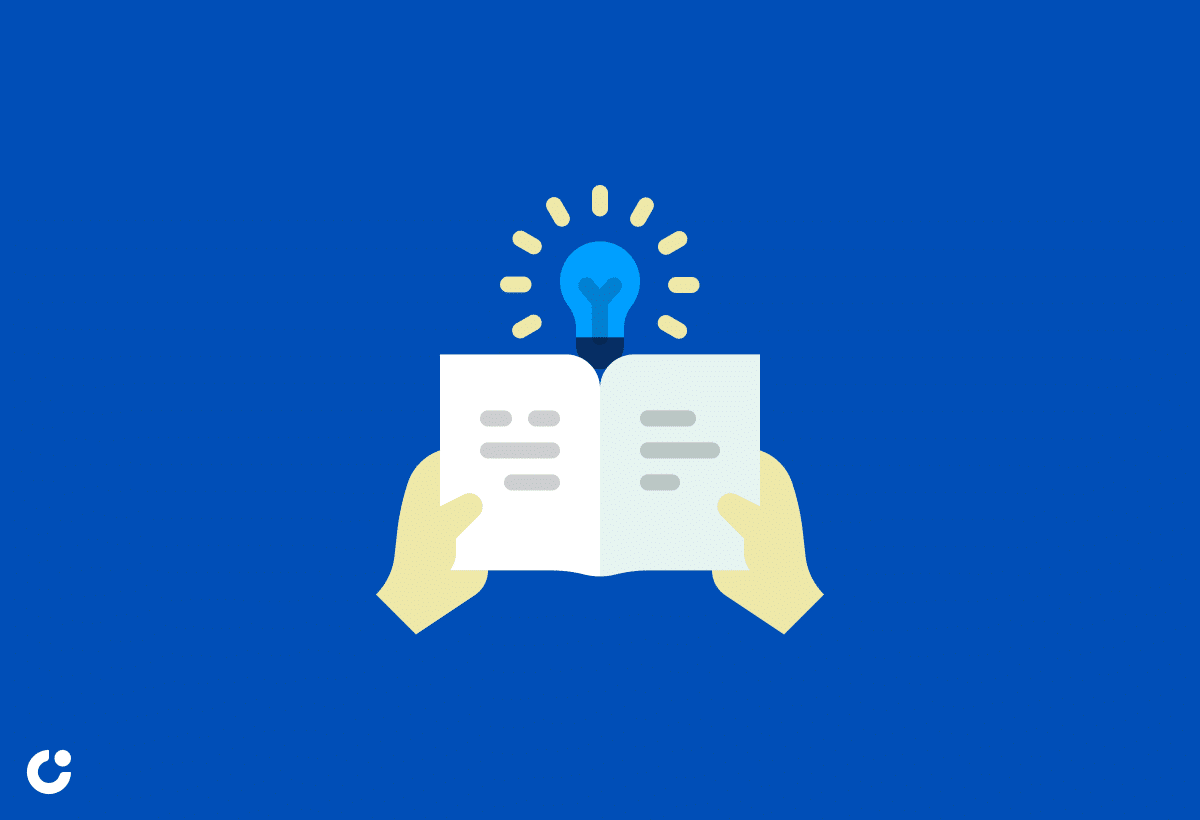
Structuring emails for easy reading and understanding involves organizing content logically, using bullet points, paragraphs, and headings. Clear formatting enhances readability and comprehension.
When composing emails, it's essential to keep the main message concise and focused, using short sentences and avoiding jargon that could confuse the reader. Utilizing white space strategically can also enhance visual appeal and make the content more digestible.
Incorporating visual elements such as images or infographics can help break up text-heavy sections and convey information more effectively. A consistent tone across all emails fosters brand identity and creates a sense of professionalism, establishing trust with the audience.
Exploring Email Management Software and Automation Solutions
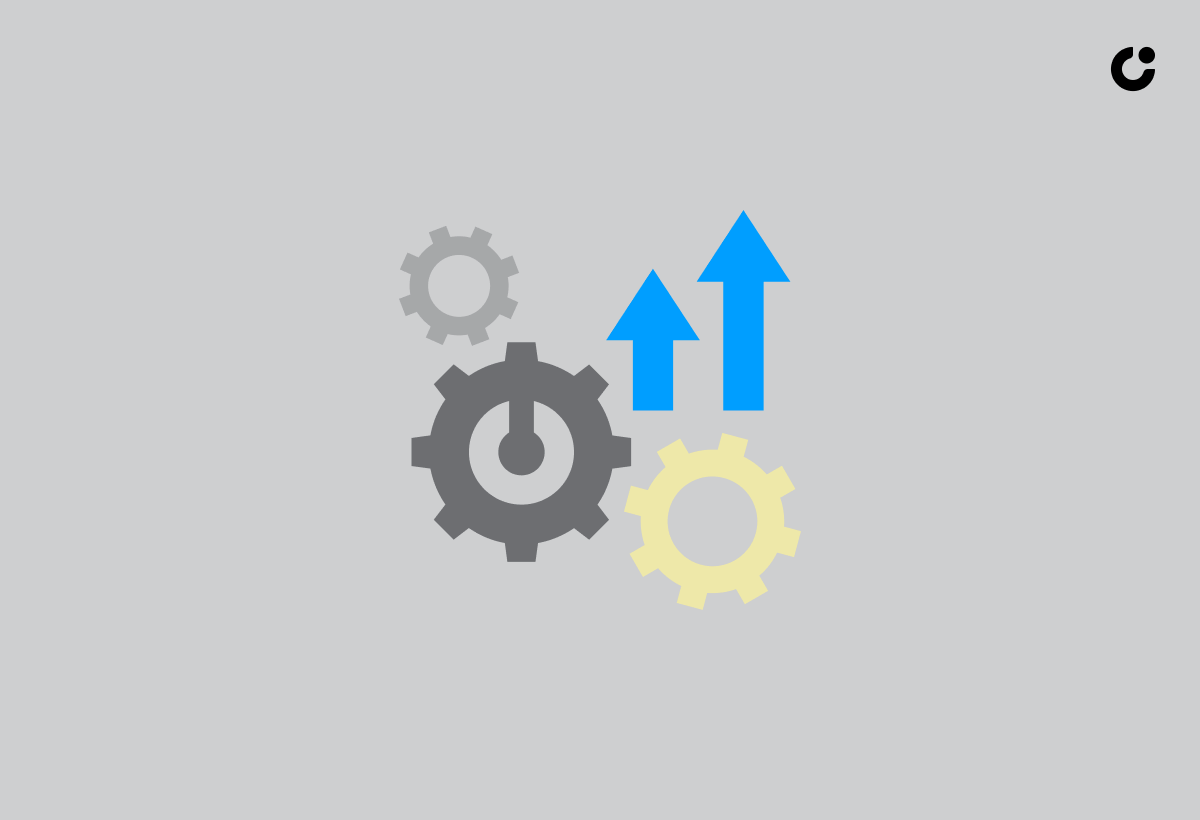
Exploring email management software and automation solutions can streamline email handling, enhance productivity, and optimize response times. Automation tools offer efficiency and performance insights.
Email management software plays a crucial role in organizing email communication effectively, reducing the risk of overlooking important messages in the clutter of the inbox. By automating repetitive tasks such as sorting, labeling, and responding to emails, businesses can save valuable time and ensure that no critical information gets missed.
Leveraging Email Templates for Quick and Consistent Responses

Leveraging email templates for quick and consistent responses saves time, ensures message uniformity, and facilitates efficient communication. Templates provide a standardized format for common email scenarios.
By utilizing email templates, businesses can streamline their customer service processes, marketing campaigns, and internal communications. For instance, a customer support team can use templates to respond promptly to frequently asked questions, such as shipping inquiries or product returns. Marketing departments can employ templates for newsletters, event invitations, and promotions, maintaining brand style and messaging across various campaigns. Teams collaborating on projects can use email templates to provide updates and feedback in a structured manner, enhancing productivity and clarity in communications.
Implementing Reminder Systems and Task Management Tools

Implementing reminder systems and task management tools for email workflows helps in tracking deadlines, managing priorities, and ensuring timely follow-ups. These tools enhance organization and efficiency.
One key benefit of utilizing such tools is the ability to consolidate all tasks and reminders in one central location, eliminating the risk of overlooking important to-dos. This centralization streamlines workflows, reducing the chances of missing deadlines or forgetting critical tasks. Task management tools often offer features such as priority setting and deadline alerts, facilitating effective task prioritization and timely completion.
Integrating task management tools with email platforms can further optimize productivity. By syncing tasks and reminders with email correspondence, users can seamlessly transition between managing tasks and responding to emails without switching between multiple applications. This integration ensures that tasks are directly linked to corresponding emails, providing context and aiding in efficient follow-up actions.
Creating a Workflow for Efficiently Following up on Pending Emails

Creating a workflow for efficiently following up on pending emails ensures no tasks slip through the cracks and all inquiries receive timely responses. Structured workflows enhance accountability and customer service.
Initially, the first step in managing pending emails is setting up a system to track incoming messages. This may involve categorizing emails based on urgency or topic, ensuring that each message is accounted for. Tracking becomes crucial to prevent any inquiries from being overlooked or neglected.
Next, prioritize emails based on their importance or deadline, allowing for a systematic approach to addressing them. Clear communication within the team regarding task assignments and progress updates is essential for seamless workflow management.
Understanding the Importance of Professional Email Etiquette
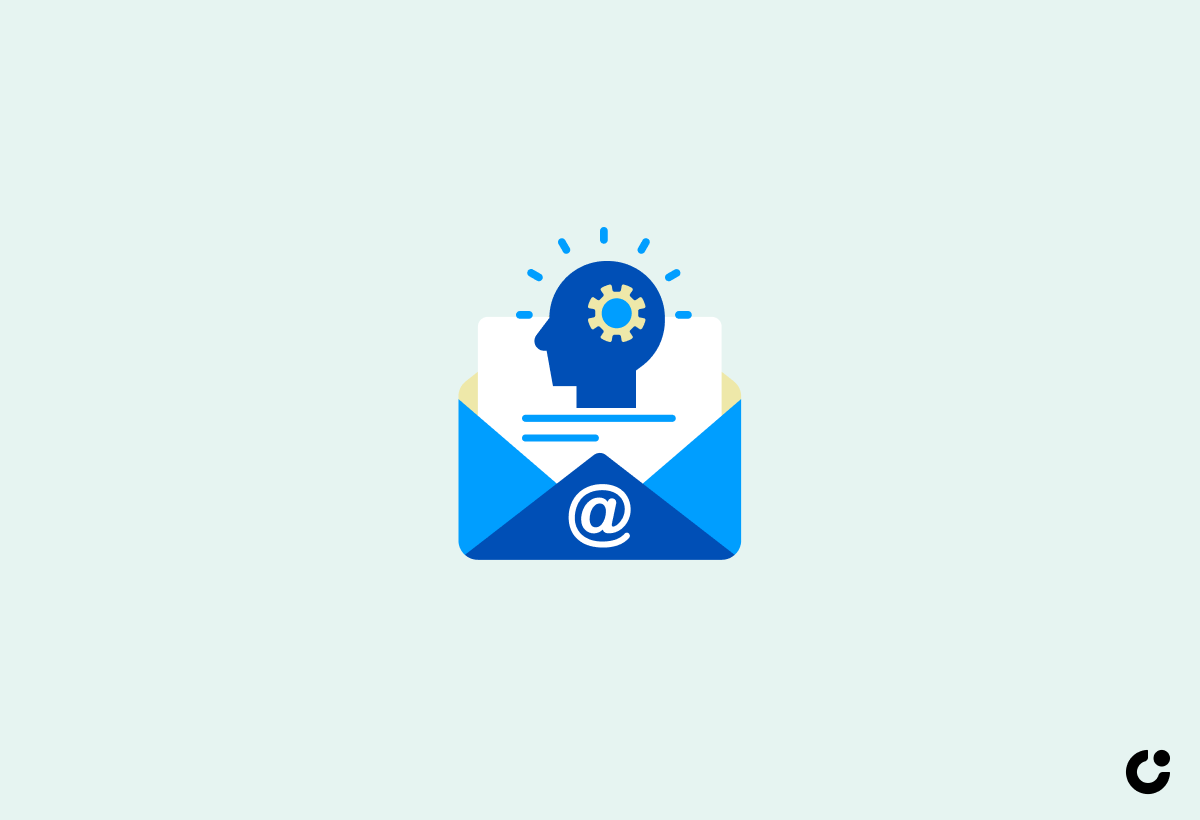
Understanding the Importance of Professional Email Etiquette is essential for projecting a positive image, fostering trust, and building strong relationships with email recipients. Proper etiquette reflects professionalism and respect.
When composing business emails, it is crucial to pay attention to details such as tone, grammar, and formatting to convey messages effectively and create a lasting impression. A simple 'thank you' or 'please' can go a long way in showing courtesy and appreciation. Avoiding the use of slang, emojis, or excessive exclamation marks maintains a level of formality that aligns with professional standards.
Timely responses and clear subject lines help recipients quickly grasp the purpose of the email, enhancing efficiency in communication. While it's important to be concise, providing sufficient context ensures the message is understood without ambiguity. By adhering to etiquette norms, businesses can elevate their brand reputation and strengthen connections with clients and partners.
Handling Difficult or Challenging Emails with Grace and Diplomacy
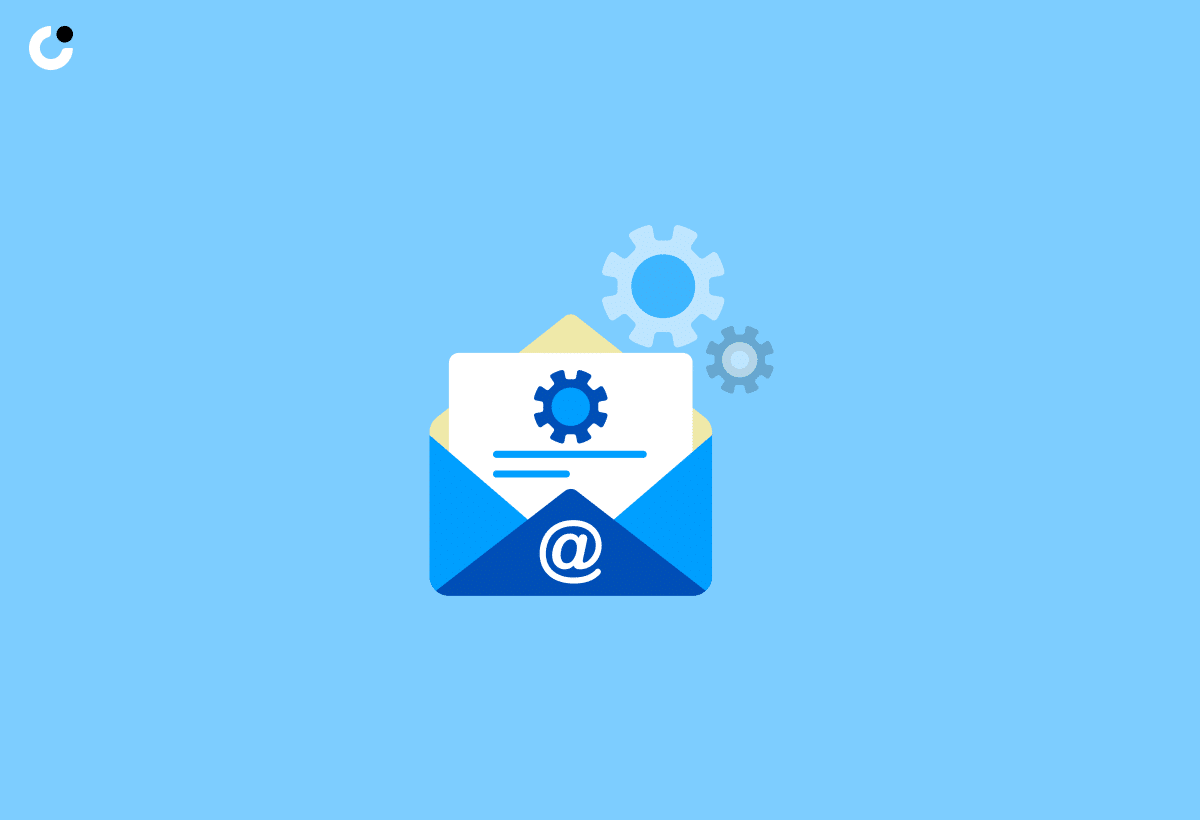
Handling difficult or challenging emails with grace and diplomacy requires tact, empathy, and effective communication skills. Responding thoughtfully to sensitive topics cultivates understanding and trust.
One key strategy in addressing contentious emails is to listen actively to the sender's concerns first, demonstrating that their perspective is valued. By showing empathy and acknowledging their emotions, you create a foundation for constructive dialogue.
An example response could be: 'Thank you for sharing your concerns. I understand that this is important to you, and I appreciate your perspective.'
Through clear and concise communication, you can navigate difficult conversations with professionalism and build stronger relationships.
Frequently Asked Questions
What are some strategies for responding to emails effectively?
There are several strategies you can use to master email replies. These include setting aside dedicated time for email management, prioritizing urgent emails, and using templates or canned responses for common inquiries.
How can I improve my response time to emails?
One way to improve your response time is by setting a goal to respond to emails within a certain timeframe, such as 24 hours. You can also use email filters and labels to organize your inbox and prioritize urgent emails.
What should I include in my email replies?
Be sure to address the sender by name and include a brief greeting and closing. In the body of the email, provide a clear and concise response to their inquiry or request. You may also want to include a call to action or next steps if applicable.
How can I handle difficult or sensitive emails?
When responding to difficult or sensitive emails, it's important to remain professional and avoid any emotional or defensive language. Take the time to carefully craft your response and consider seeking a second opinion before sending.
What are some common mistakes to avoid when responding to emails?
Some common mistakes to avoid include responding hastily without fully understanding the email, using jargon or technical language that the recipient may not understand, and forgetting to proofread for grammar and spelling errors.
Is it okay to use email templates or canned responses?
Yes, using templates or canned responses can be a helpful time-saving strategy. However, be sure to personalize the template for each email and avoid sounding robotic or generic. Also, avoid using templates for sensitive or urgent emails that require a more personal touch.

